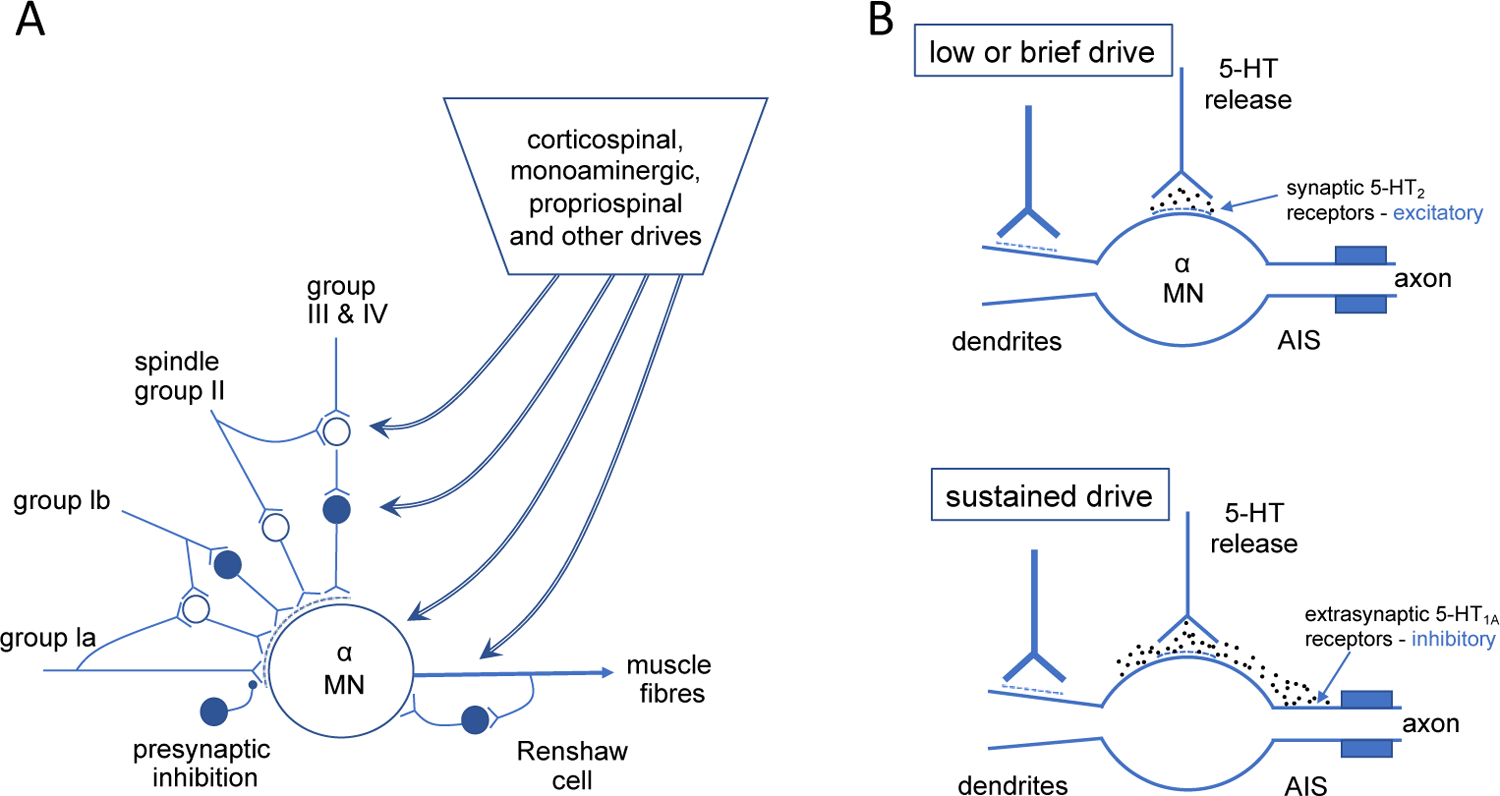Figure 1. Diagrams to show the inputs to the motoneurones (A) and some of the ways by which serotonin may modify motoneuronal output.

(B). A: Summary of descending and other inputs to alpha motoneurones for an agonist muscle. Cells with solid circles are inhibitory. Dashed curved regions at premotoneuronal terminals denote presynaptic inhibition acting selectively on the afferent paths to the motoneurone. Inputs to gamma motoneurones are not included. Modified from Gandevia (2001) B: Two schematics to show the potential effects of different levels of voluntary drive on the motoneuronal output as modified by release of serotonin (5-HT) from descending monoaminergic paths. Above: at low levels of voluntary drive, motoneuronal output can be facilitated via 5-HT acting on intrasynaptic receptors in the soma-dendritic region. Below: at higher sustained levels of drive, the local concentration of 5-HT increases to such an extent that it spreads to activate inhibitory receptors at the axon initial segment (AIS) and can thus reduce the firing frequency of the motoneurone.
